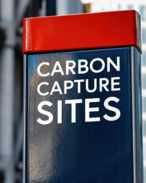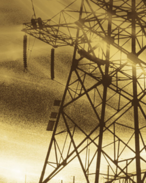This article is 20 years old. Images might not display.
The treaty, which requires participating industrial nations to reduce emissions of greenhouse gases below 1990 levels, needed endorsement by 55 industrialised nations accounting for at least 55 per cent of global greenhouse gas emissions in 1990.
Russia’s support became crucial after the US, the world's biggest polluter, pulled out in 2001, saying the pact was too costly and unfairly exempted large rapidly industrialising countries such as China and India.
The US produced 36 per cent of carbon dioxide emissions in 1990, while Russia accounted for 17 per cent. Until last week, 124 countries had ratified the protocol, but they were responsible for only 44% of worldwide emissions.
Russia signed the Kyoto Protocol in 1999 but it agreed to ratify only in exchange for European Union (EU) agreement on terms for Moscow's admission to the World Trade Organisation.
The 1997 pact will take effect 90 days after Russia notifies the United Nations of its ratification. Starting next year, Europe, Japan, Russia, and scores of other countries will have to start meeting Kyoto's emissions targets, which call for cuts of at least 5% compared to 1990 levels.
Russia has already well and truly exceeded its Kyoto targets. The collapse of its economy during the 1990s means that Russia’s greenhouse gas emissions are already almost 30% lower than in 1990.
Carbon credit trading will give Russia a return on this industrial collapse and will help European countries meet their targets.
With the right to emit certain amounts of carbon now being a saleable commodity, Russia can now sell off its huge emissions rights surplus and perhaps attract foreign investment for its crumbling industries.
But in the US and Australia the Bush Administration and the Howard Government are sticking with their rejections of mandatory curbs on greenhouse gases, despite a fresh report from 300 scientists in eight nations with Arctic territory – including the US – that shows Arctic temperatures are rising.
To be released tomorrow, a four-year study of the Arctic will document that the region is warming rapidly, affecting global climates.
Scientists project that industrial gases such as carbon dioxide will make the Arctic warmer still, which would raise the level of the seas and make the earth hotter. The world’s atmosphere now includes about 380 parts per million of carbon dioxide, compared with 280 parts per million in 1800, according to scientists.






















